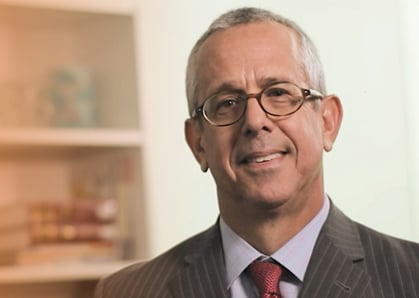Q&A: Why Land Redevelopment May Hit Big
Land redevelopment hasn’t always been a popular option, at least not with neighboring land owners. But that might be changing.
GlobeSt.com caught up with Howard E. Nelson, a partner and Environmental Group chair of Bilzin Sumberg in Miami, to check into this evolution, discuss due diligence issues and peg some of the most interesting land uses cases in South Florida in part two of this exclusive interview. You can still read part one: Land Remediation: What You Need to Know.
GlobeSt.com: Neighbors have traditionally been opposed to land redevelopment but why might this be a better alternative for the community than keeping these properties abandoned and in their current state?
Recently, we have seen neighbors become more involved, in a positive sense, to land development, as the environmental impacts of abandoned or underutilized sites becomes clear. I think one thing the Brownfields Program has taught us all is that vacant, abandoned or underutilized sites that have experienced environmental impacts are a current and present danger, based upon the possibility of uptake of contaminant sources into the air and groundwater. Land redevelopment allows the removal of both existing eyesores as well as removal of such contaminant sources and the environmental risk they present to adjoining neighbors.
GlobeSt.com: What role do you typically play in the due diligence process when working with commercial developers?
Nelson: We usually assist commercial developers with an expanded approach to environmental due diligence. Many of clients are sophisticated enough to know that, for some sites, you have to go beyond the traditional Phase I and Phase II environmental site assessments, and we conduct composite screening of sites where a traditional Phase II analysis is either inappropriate or inadequate. This more complex type of screening allows our clients to better assess and manage potential site impacts based upon prior use.
GlobeSt.com: Can you describe one of the most interesting cases you worked on?
Actually, there is a whole class of interesting case studies which have recently started to come out involving determinations of what constitutes either natural background or anthropogenic background concentrations of contaminants on a site. Until a couple of years ago, anthropogenic or natural background determinations were virtually unheard of in Florida. Recently, the state's Department of Environmental Protection has taken more interest in site studies that can accurately demonstrate that existing levels of arsenic on a site are consistent with anthropogenic or naturally occurring background levels.
These determinations allow redevelopment of sites that would otherwise experience no relief from the application of strict regulatory standards, while still preserving the public health, safety and welfare. I think those are the most interesting cases because they present a unique solution to what would otherwise be a problem, which would completely prevent development or redevelopment of a site.
View Part 1 of the Q&A, "Land Remediation: "What You Need to Know"
This article is reprinted with permission from GlobeSt.com.
